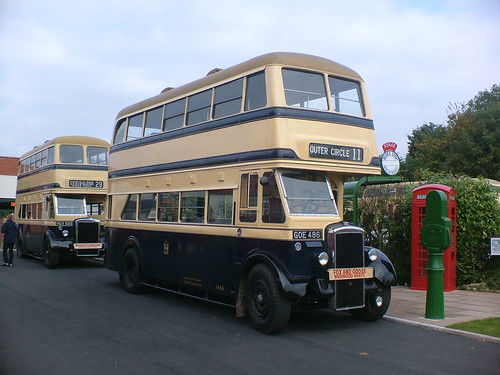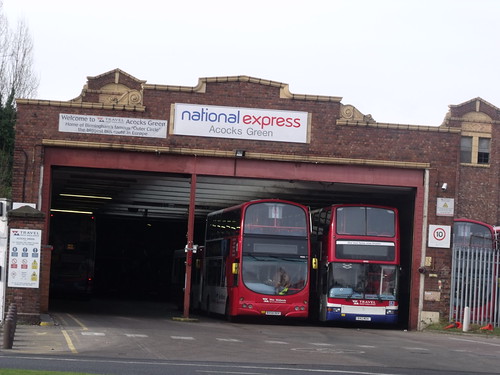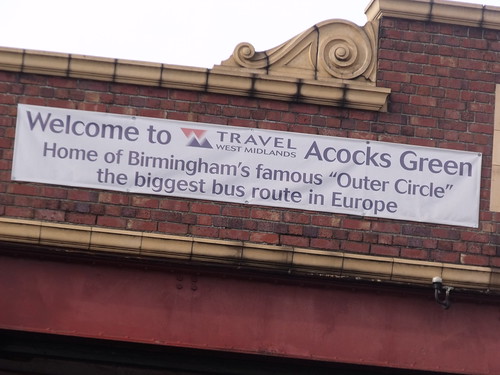In the Daimler Bus model descriptions:
CVA6 I forget what C stands for, V is for post war vehicles, A is for AEC engine and 6 is for 6 cylinders.
C = Commercial (most were buses, but a few "special" trucks were made as well); S was used for rear engined single deckers.
The second letter, from about 1930 - 'O' = oil (diesel) engine, pre-war; 'P' = poppet valve petrol engine; 'H' = Knight patent sleeve valve petrol engine; 'W' = wartime utility production (used less Aluminium and more steel in chassis components; 'V' = postwar ('Victory') production; 'R' = rear engine.
Use of petrol engines ceased mid-30s.
There was a third letter on diesel engined chassis denoting engine manufacturer - 'A' = AEC; 'C' = Cummins; 'D' = Daimler; 'G' = Gardner; 'P' = Perkins; 'S' = Saurer.
Then a figure denoting the number of cylinders in the engine, then sometimes 'SD' or 'DD' indicating single or double deck.
So CVA6 was a post-war chassis with an AEC 6 cylinder engine, COS4 was a pre-war diesel chassis with a Saurer 4-cylinder engine (all specials for Newcastle upon Tyne Corporation, c1938), and CWD6 was a wartime chassis with a Daimler 6 cylinder diesel engine. Rear Gardner engined "Fleetline" chassis are CRG6 and Rear Perkins engined 'Roadliner' single deckers are SRP6.
Birmingham had only a few CP6 petrol fuelled buses, the diesel engine was about to revolutionise the transport industry with an almost half the fuel per mile figure when they were built. The City went on to have over 800 COG5 models after these.
CP6 no 555 (OC 555) at Hamstead, with the front destination 'posed' for the Portland Rd 7 route, although really it was on the 16a. An early COG5 is behind.





